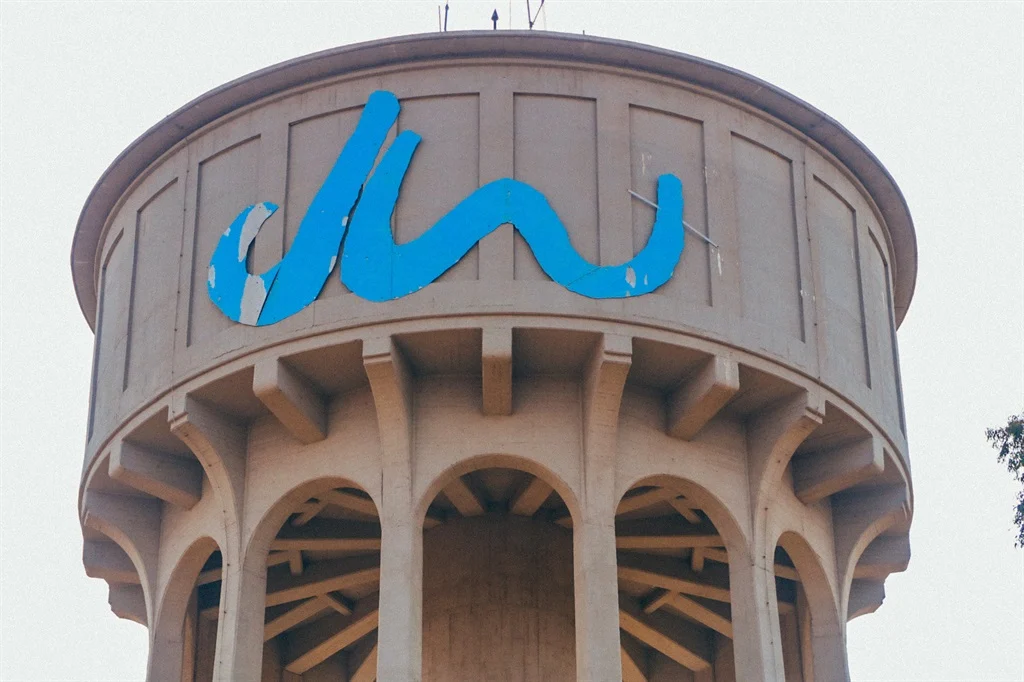Johannesburg – According to Professor Craig Sheridan, Director of the Centre in Water Research and Development, tap water in Johannesburg is deemed safe for consumption. Nonetheless, he recommends exercising caution due to frequent water outages in the city, which can impact water quality through various factors.
South Africa Water Works generally ensures that tap water is devoid of harmful chemicals, bacteria, and viruses, rendering it safe to drink. However, the reliability of water treatment at total capacity poses an issue.
Sheridan highlights that continuous water interruptions and outages raise concerns as they jeopardise the integrity of the water supply infrastructure, making it susceptible to external contaminants.
“As the water starts to flow again, that first flash of water, there’s no real control over that quality. Part of the reason for that is we know our pipes are leaking … So really, what’s happening now is when those pipes go empty, the water pressure in the pipe is continuously squirting out water, and now when it’s not there anymore, anything on the outside of the pipe can start coming into it.”
Hence, he recommended that upon the restoration of the water supply, it is advisable to let the first flush run until the water runs clear from the tap. It’s cautioned to refrain from consuming this initial water as it may not meet the required quality standards.
“When your water is returned, and you’ve got air flowing through it, wait a little while after the air bubbles have stopped coming through your tap. That’s typically about a minute. I would also suggest you keep that water because it’s perfectly good for gardening or for watering vegetables or things but try not to drink that first flush of water.”
SMread| SA to assume greater conflict resolution role – Pandor
Prioritise Consumable Water Safety
Given the prevalence of water insecurity and crises, many people have resorted to storing water in drums or buckets for various purposes, such as cleaning, bathing, or flushing toilets. Water bottles are commonly filled and stored for drinking water.
Can this drinkable water be stored for extended periods, and how safe is it to drink afterwards? Sheridan addressed this, emphasising the numerous factors involved in such a scenario. Among these factors is the cleanliness and physical condition of the storage container.
The stored water may temporarily remain safe if the container is clean and in good condition. However, opening the container and accessing the water compromises its integrity.
“If you take a sip from the bottle, you’ve got all your mouth bacteria which are suddenly on it. There are all sorts of contamination pathways, and that means that water is no longer safe, and those bacteria can grow in the water … I would say do not save more than about a day’s worth of water in a bottle.”
When it comes to water tankers, they have become the primary alternative for communities enduring prolonged periods without access to water. While serving as a crucial lifeline for millions, Sheridan stresses the importance of exercising caution.
He highlights abundant evidence indicating that the water from these tankers may not meet the required quality standards for safe consumption.
“I wouldn’t use water from a water tanker at all. There’s just too much evidence that these guys are not following protocols. I have no idea where that guy got his water from, and I have no idea what they’ve done with it … Once that tank is on the road, who knows where it’s going or what it’s doing. So I don’t drink a tank of water, and I won’t drink tank water.. But I mean, for many people, this is the only solution they have. If that’s the case, just make sure you boil it.”
Hence, he recommends that in situations where water safety cannot be assured or verified, individuals should either thoroughly boil it or add a teaspoon of bleach for every 20 litres. This treatment should sufficiently purify the water, making it safe for consumption.
